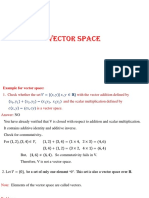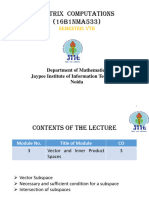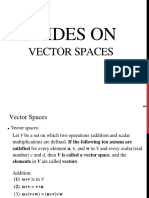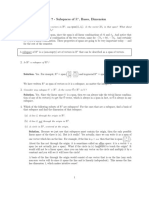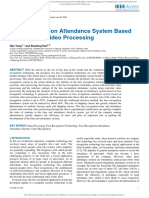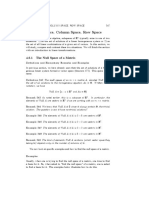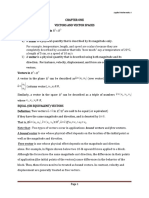0% found this document useful (0 votes)
27 views3 pagesLecture Note On Vector Space and Subspace
The document explains the concepts of vector spaces and subspaces, detailing the operations and axioms that define a vector space. It provides theorems and proofs demonstrating how specific subsets qualify as subspaces of vector spaces. Additionally, it includes examples to illustrate the conditions under which a subset is or is not a subspace.
Uploaded by
rannabannacontactCopyright
© © All Rights Reserved
We take content rights seriously. If you suspect this is your content, claim it here.
Available Formats
Download as PDF, TXT or read online on Scribd
0% found this document useful (0 votes)
27 views3 pagesLecture Note On Vector Space and Subspace
The document explains the concepts of vector spaces and subspaces, detailing the operations and axioms that define a vector space. It provides theorems and proofs demonstrating how specific subsets qualify as subspaces of vector spaces. Additionally, it includes examples to illustrate the conditions under which a subset is or is not a subspace.
Uploaded by
rannabannacontactCopyright
© © All Rights Reserved
We take content rights seriously. If you suspect this is your content, claim it here.
Available Formats
Download as PDF, TXT or read online on Scribd
/ 3












